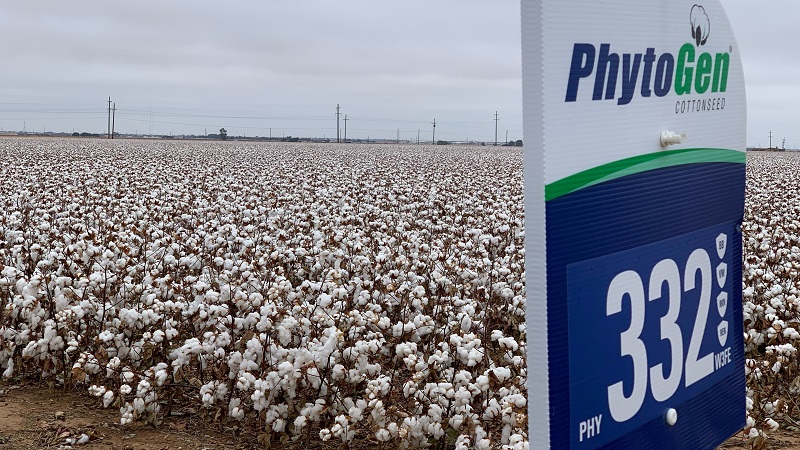Cotton Prospects Remain Strong Entering 2022
Another year, another dollar…cotton that is.
Cotton continues to have a laundry list of fundamentals that support the bullish side of the price equation. There are bearish ones as well, although I am challenged to think of any – but the silent spring lingers.
Those two sentences are a repeat of the last newsletter. Yet, the last newsletter expressed caution regarding upward price activity given the very slow pace of cotton export shipments. The holiday period did not produce any improved export numbers. Yet, the market regrouped and again challenged 116 cents, basis the nearby March futures contract. Both world and U.S. crops are likely slightly lower than forecast in December.
Too, despite major concerns over the coronavirus, consumption growth continues at a seemingly warp speed pace. Consumers around the world remain flush with cash, and cotton goods remain in high demand. Consumer savings remains near zero, and consumption will not slow until savings kick in, thus slowing consumer spending.
During the last quarter of 2021, my concern was that the December 2022 futures contract would come under pressure. That did not prove to be correct. In fact, December futures are now trading at a contract high. I simply did not see that ball coming.
World textile mills are having difficulty obtaining cotton and have seen yarn demand increase in intensity. The price uptrend was never broken, even though I expected it would be – another reason we have always said “follow the trend.” Thus, prices should continue to slowly move above current levels.
While old crop is retracing old ground, new cotton prices are in life-of-contract-record territory. Demand pushes prices higher. The increase in energy prices is also helping cotton remain competitive, along with consumer preference for cotton.
The bullish attitude that resurfaced in the market some three weeks ago was led by a market increase in Chinese activity. We have long commented that world price activity is often led by Chinese market forces and that the New York ICE market has an established tendency of following Chinese activity. While India remains the world’s leading producer, China has tightened its grip on its title as the world’s largest consumer.
With shipments continuing in slow motion, world merchants are advising that they expect cotton export activity will soon begin in mass. Merchants suggest that they have transportation arranged for weekly shipments to routinely reach 400,000 bales, with some weekly shipments reaching has high as 500,000 bales. This is record territory itself on a sustained weekly basis but will be necessary if U.S. exports are to reach USDA’s 15.5 million estimate for marketing year 2021-22. But market activity is demonstrating tremendous belief in this expectation.
USDA will release its January supply demand report on Wednesday, January 12 at 11:00 am Central time, and the Cotton Roundtable panel will discuss the report later that day at 1:30 pm Central time on the AgMarket Network (click here for program details). To listen or participate, call 605-313-5148 and, when prompted, enter code 571052. Your participation is welcomed, and you will have the opportunity to ask questions. The USDA estimation of U.S. exports is a statistic that bears watching.
U.S. economic activity is expected to remain strong enough for agricultural prices to remain in profitable territory. Too, cotton prices will continue to be supported by consumer spending throughout 2022.
The market will continue to be well supported by on-call sales. Between now and the first ten days in June, the known buying of futures contracts dwarfs the known selling. The price of some 12,156,300 bales must be fixed by buying futures between now and the first ten days in June. This compares to only 1,729,000 bales whose price must be fixed by selling futures. Thus, buying pressure dwarfs selling pressure and continues to provide excellent bullish support.
The price link between old crop and new crop – i.e., July futures and December futures – is strong enough to pull December higher if old crop prices move higher. While increased plantings will pressure December prices later in the spring, declining world stocks will place a keen focus on 2022 crop progress.
Give a gift of cotton today.









